Fuji Acros Digital vs Fuji Acros Film
Digital or Film?
Fuji Acros on a X-Pro2 compared to Fuji Acros 100 film on a Hasselblad 6×6… Which will be the winner?
A few weeks ago I did a non scientific comparison between black and white digital and film, using my beloved Fuji XPro-2 and a Pentax 67 with Ilford FP4.
The article got a lot of interest and was also published on Fuji X Passion magazine.
I decided to improve the test and use Fujifilm Neopan Acros 100 film, instead of Ilford FP4 and Hasselblad instead of Pentax. The use of actual Acros film instead of Ilford is obvious and needed for a less casual comparison. Hasselblad instead of Pentax is because I suspected some lack of sharpness was caused by the lenses, and since I have used Hasselblad all my life and I’m sure were the best analogue medium format camera and optics, I simply wanted to eliminate every variable related to the lens.
As I said before:
- I know that, scanning the negative, part of the process is still digital so is not perfect
- I do not intend to give all the answers
- I did this just for fun and to understand myself a little better
How did it go this time and which won? Not easy questions!
Technical premise, the Fujifilm Neopan Acros 100 film was developed in Ilfotec HC 1+47 for 8 minutes at 20C, after a 3 minutes prewash in water, and followed by a stop bath and 4 minutes fixing in Ilford Hypam 1+4.
In the image captions there are the specific data for each image.
I started in a snowy day, with absolute flat light and no real highlights in the scenes. The opposite of what I did in the previous test. It was not really a choice, but it was snowing and I wanted to do it anyway… yes, I would rather be in Florida than in the Italian Alps… and not just for the weather!
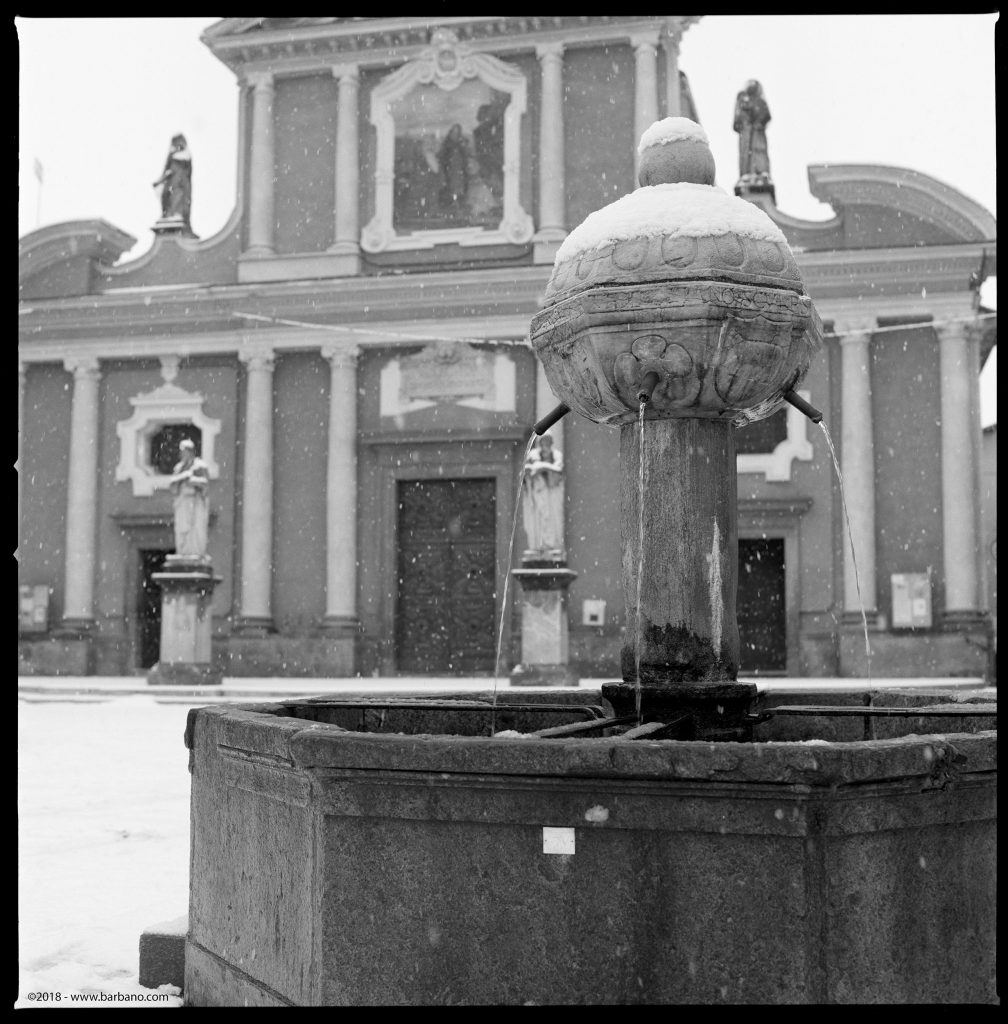
First image, a fountain with the church in the background. When I arrived I looked around and thought “1/60 f8” then I took my Minolta Spotmeter and measured the light, exactly 1/60 f8.
I was with Gian Cerato, a dear friend and colleague and asked him what he imagined was the exposure and he told me “1/125 f5.6” and we laughed about the simplicity of film photography. No matter if the best quality is on digital or film, film have the simplicity on its side, once you set the ISO with the film choice there are just shutter speed and aperture that can be set with the old rule 1/ISO at f16 for a sunny day… the table found on every film box!
Please, note the stupidity of Italian bureaucracy that put a bar code for the water service on the fountain… an old fountain with a stupid and ugly white placard very visible from the best point of view. I avoid further comments to not get in jail…
As soon as I took the picture with film, I got my XPro-2 and kept the same settings. Last time I noticed that I always had very underexposed images, even in RAW, if I used the setting from the meter, so I decided to use the Fuji 200 ISO as if it was a 100 ISO to give that stop of overexposure needed in my previous experiment.
Now the image came out one stop overexposed, so I had to trash the jpg and use the RAW and correct one stop… All started to sound strange…
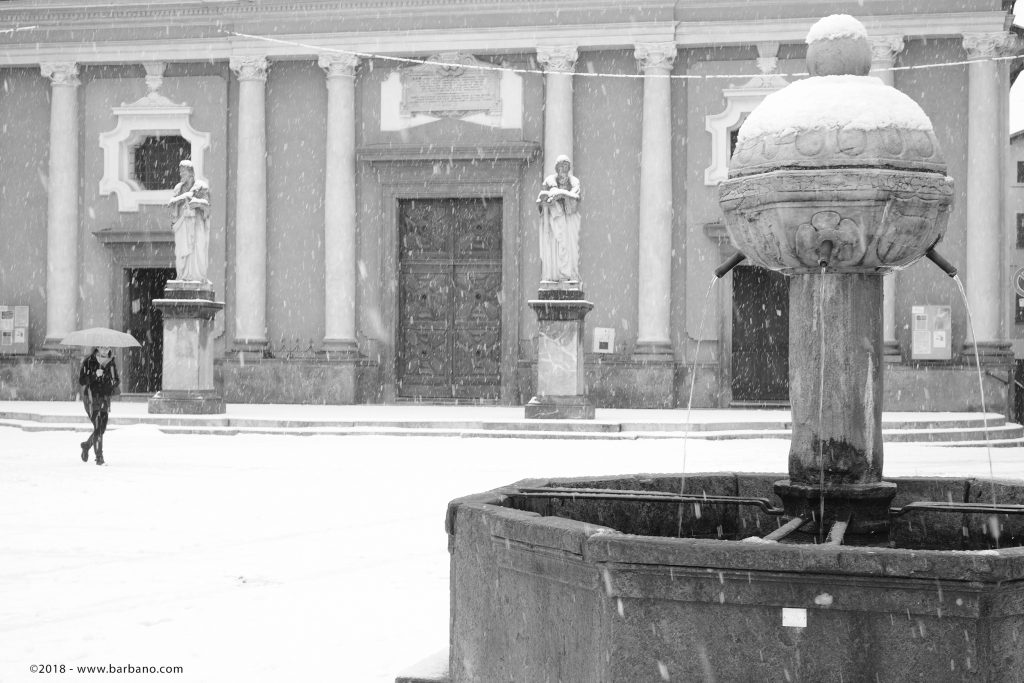
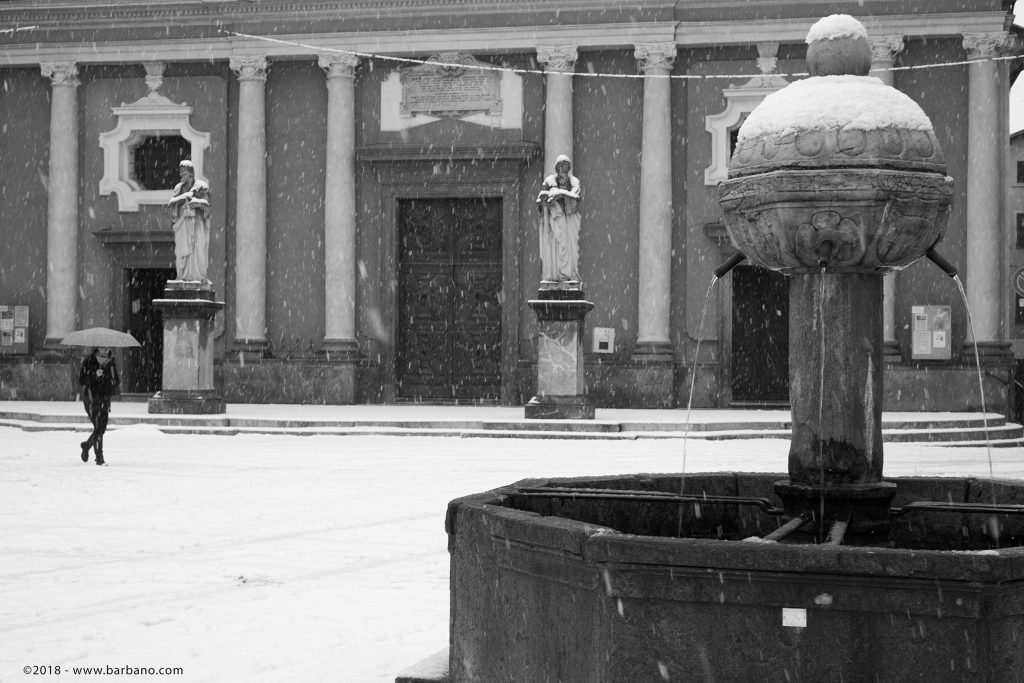
CaptureOne 11 has not the Acros simulation… so no comparison here, but I learned a lesson: something was going on in the camera. The base ISO did not seem to be constant and I was sure the ISO were set to 200 and not Auto.
So in another location I was more careful on checking the histogram and evaluate the exposure.
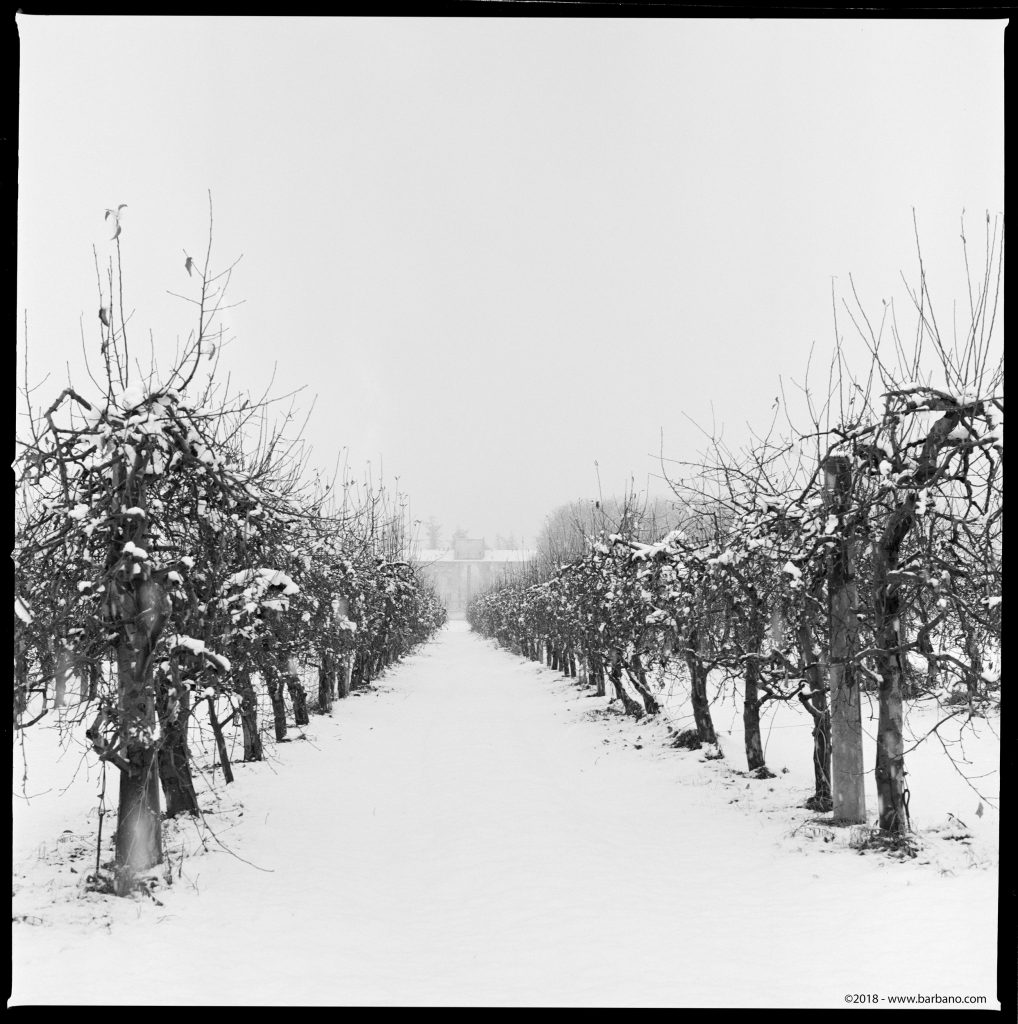
As usual the exposure was perfect with film. With digital I corrected a stop for the difference in ISO and came out almost perfectly exposed.

The tonal rendition is really perfect, the differences between the film and digital simulation are very minimum and can depend more on the developer used than on the film and simulation parameters.
I was positively surprised. Fuji really did an awesome job with the ACROS simulation.
We can see very similar results in the other pictures following. And still the XPro-2 set at 200 ISO continued to act properly as 200 ISO!
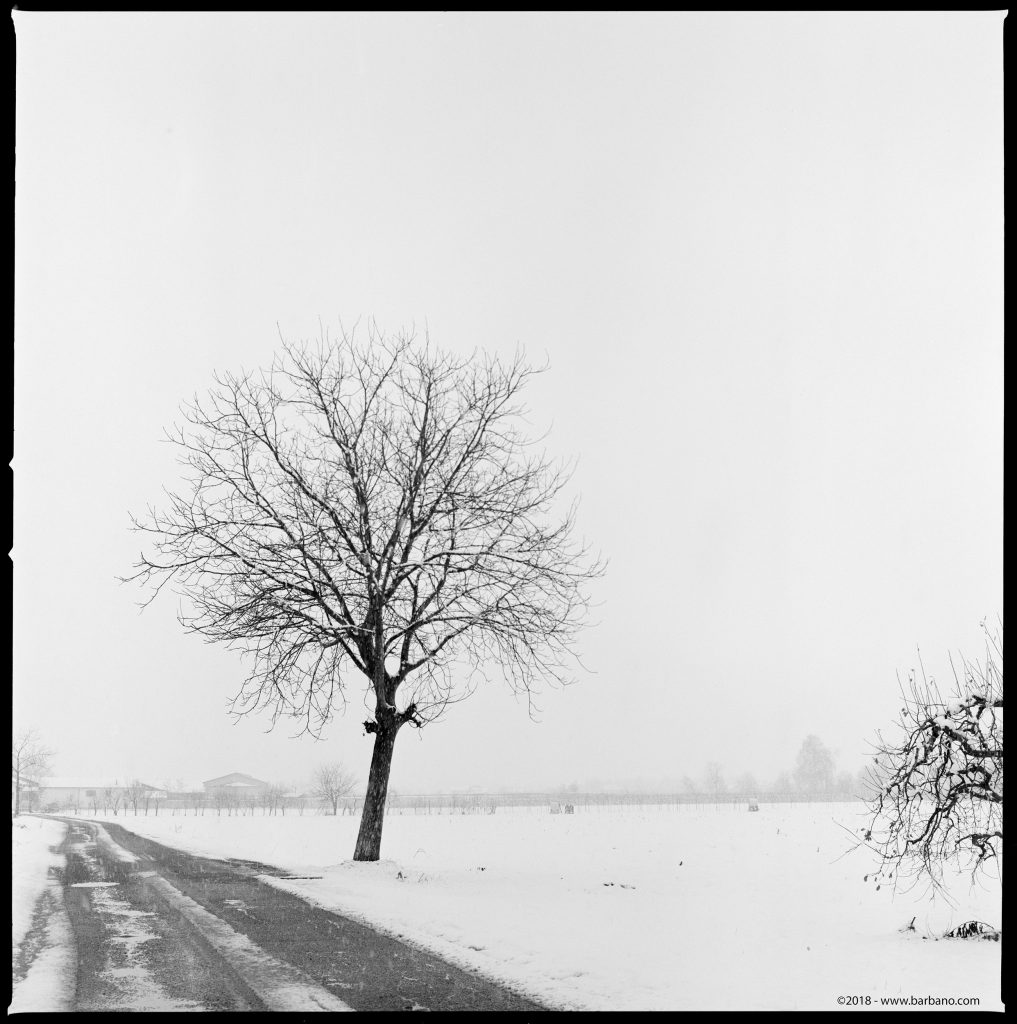
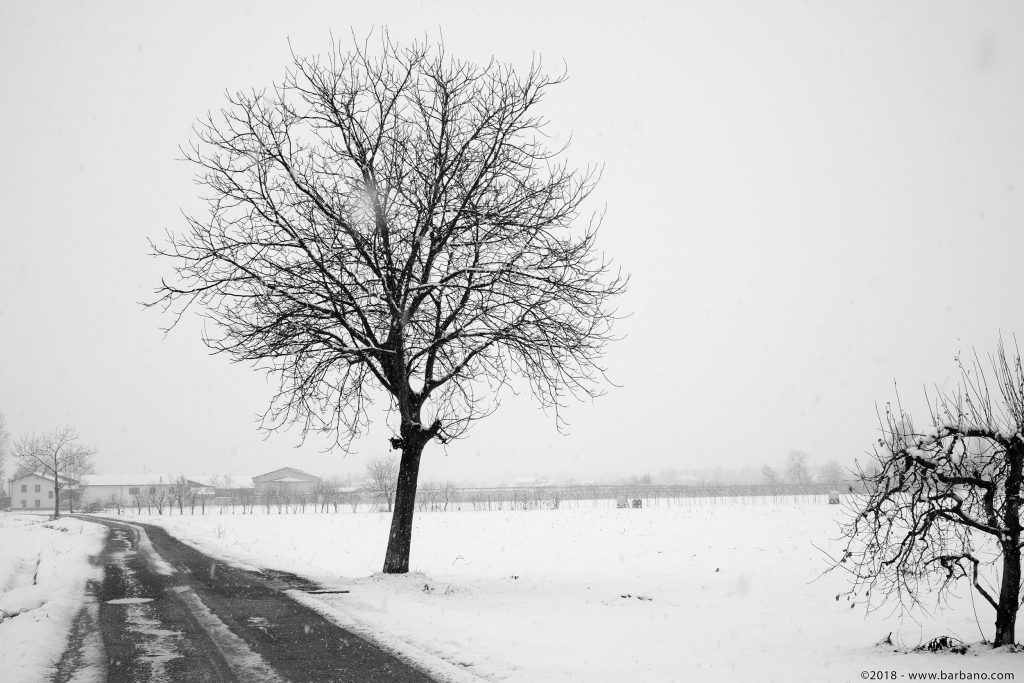





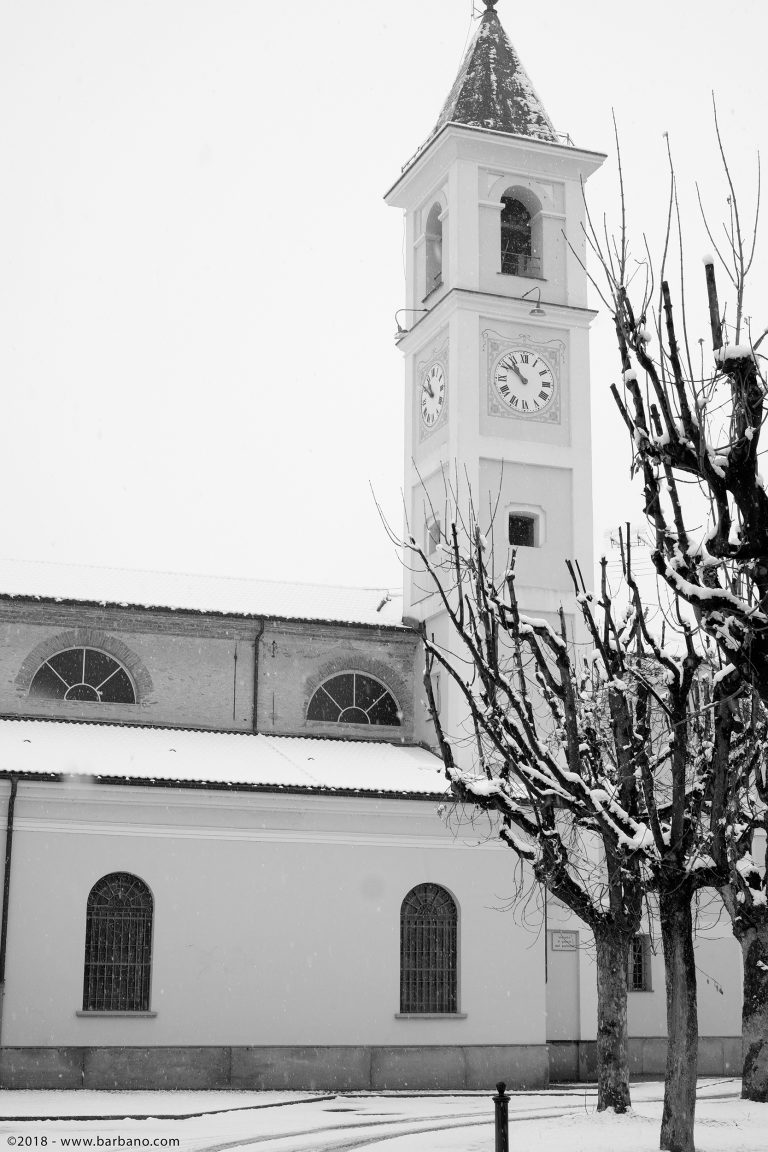
For now all is good… exposure perfect using the same setting for film and digital just correcting for the ISO difference.
So I decided to take some pictures inside to test the sharpness and some higher contrast subject.
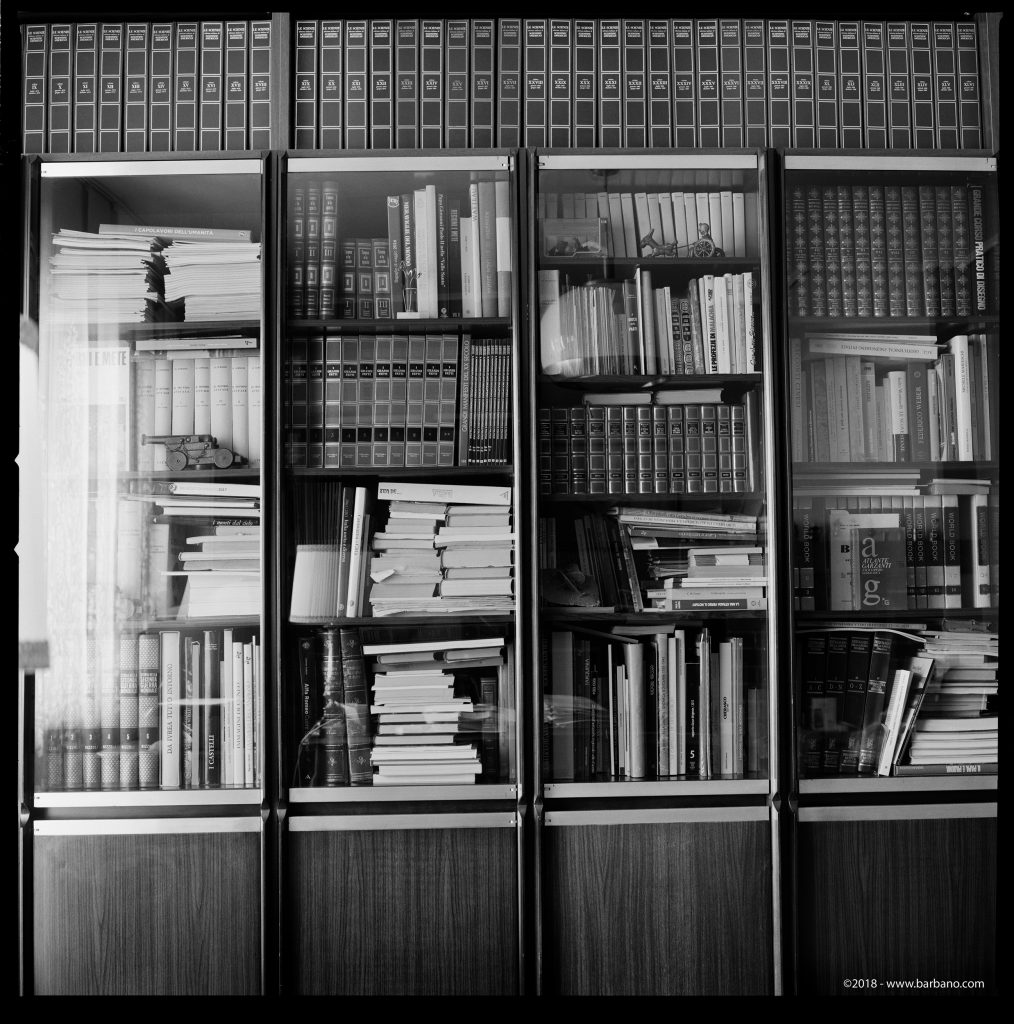
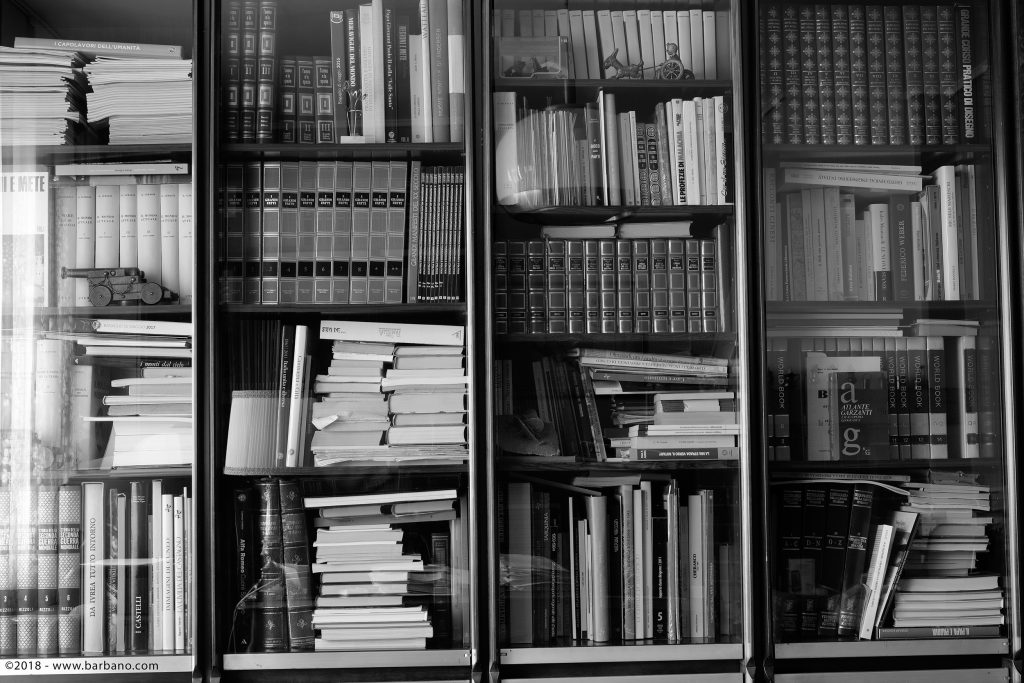
As usual the film excels in the highlights but this time, with the Zeiss 80mm and Acros instead of FP4 the sharpness is the same as you can see in the 100% enlargement.
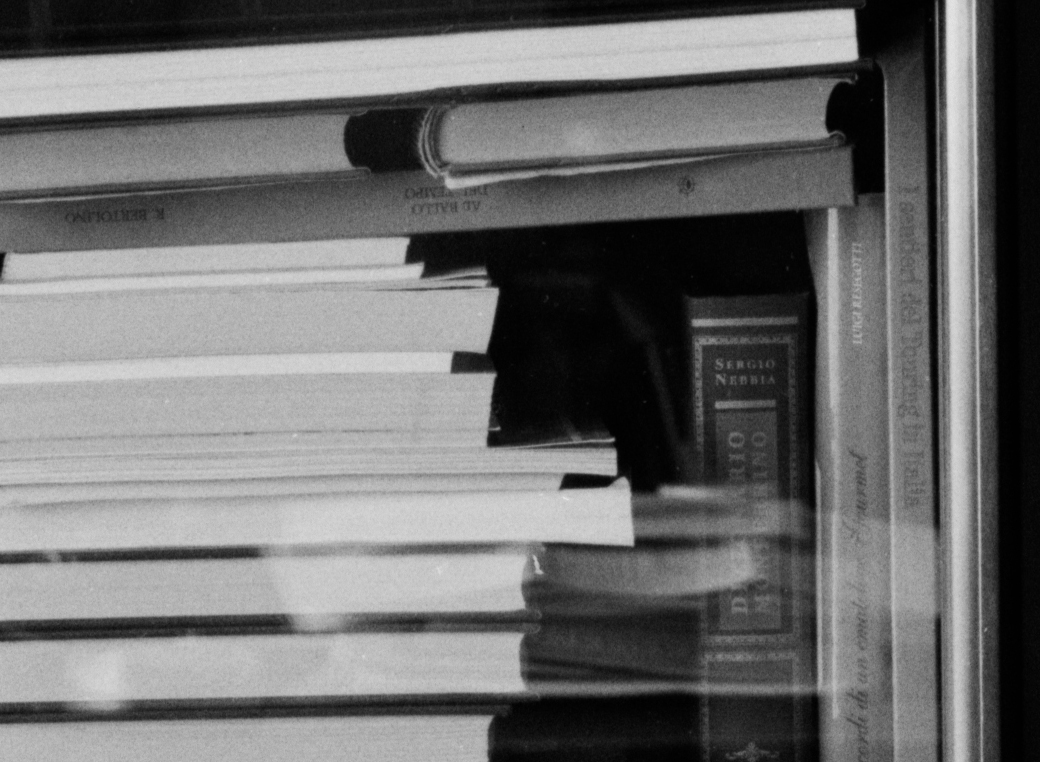
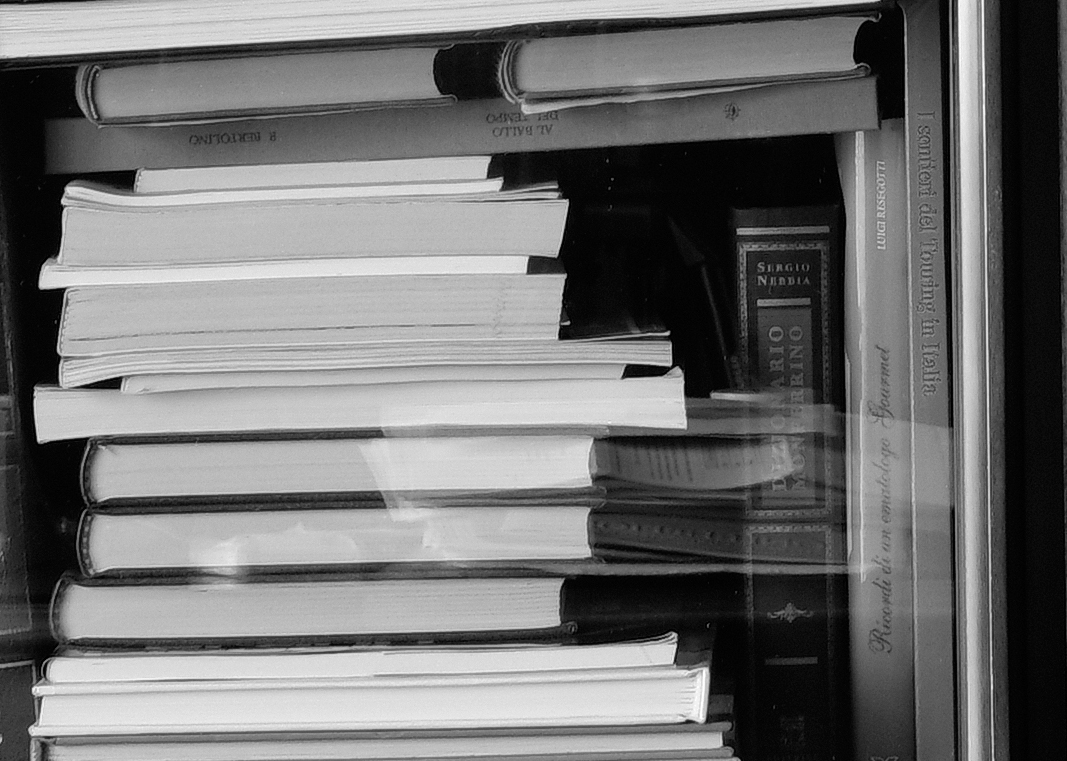
You can read the book covers in both images, and the 100% scan of the film with the Imacon 848 is actually 7400px wide vs. the 6000px of the Xpro-2.
At this point I will be curious to test a medium format digital camera (Fujifilm? Pentax? PhaseOne?) against a 4×5″ film.
In my mind I was sure a medium format film was superior to a 24MP aps-c camera regarding linear resolution. I was wrong.
On the next picture I went very high contrast, and again I noticed underexposure on the Fuji X-Pro2. The details in the highlight disappear and the shadow become dark, closed. Using the RAW the highlights can be recovered and the dark tones opened up, but the JPG is kind of dark and high contrast compared to the film.

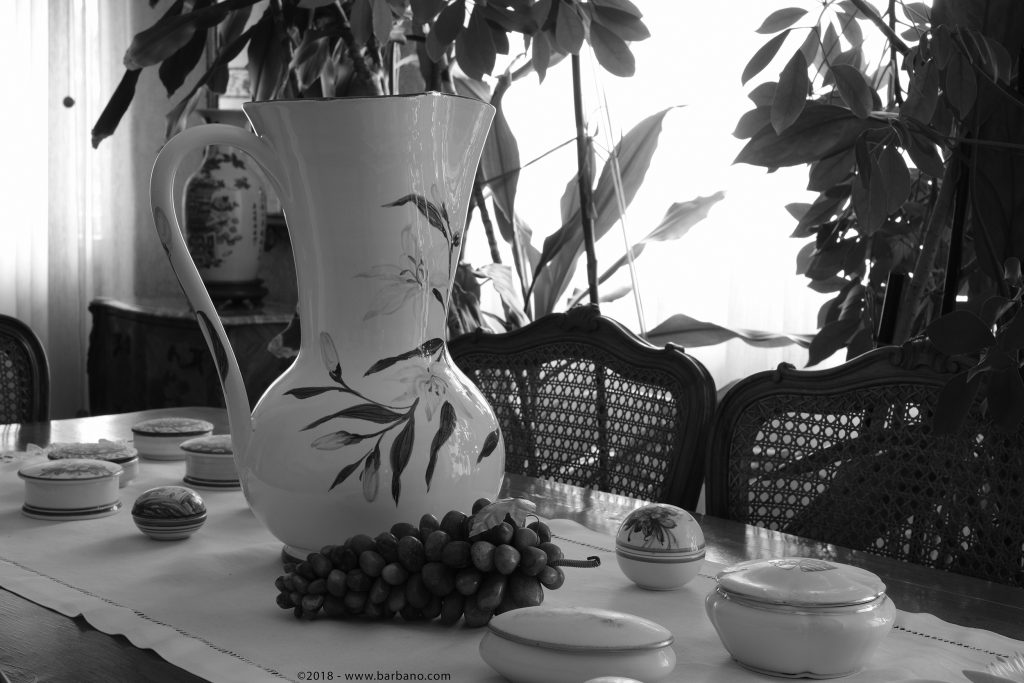
I had the confirmation that the sensor sensibility was acting strange.
I re-read the manual and found nothing useful but… the Dynamic Range settings. I was on Auto, not on a fixed setting. I will have to do some test with also the highlights compensation turned off. Basically I discovered I did not spend the right time to know the camera and test it. RTFM repeated to myself as a mantra… in this case the X-Pro2 manual not mine “Photography: The f Manual“!!
I turned the Dynamic Range to ISO100 and did some other tests, this time in a sunny day and using the Hasselblad 903 SWC, to have a situation similar to the pictures I took in the previous comparison with the Pentax 67 and the 45mm.
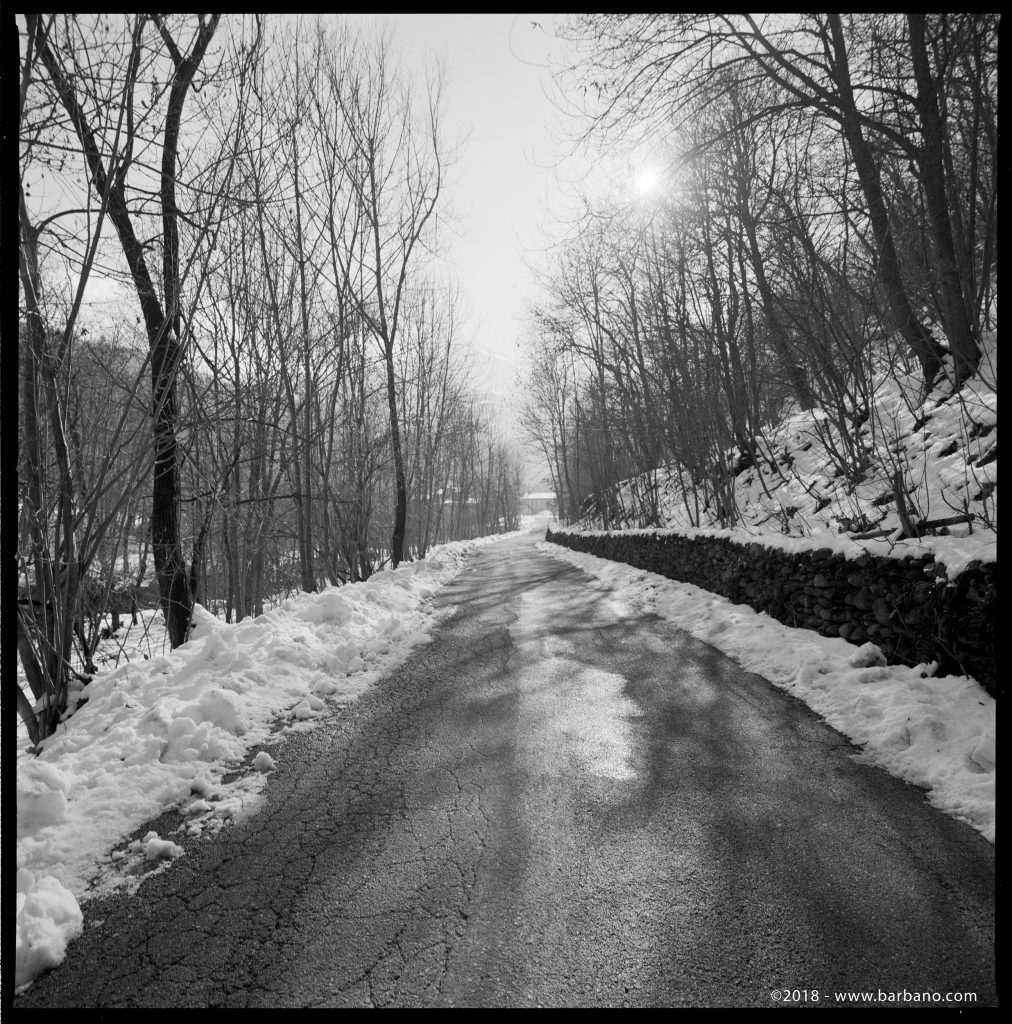
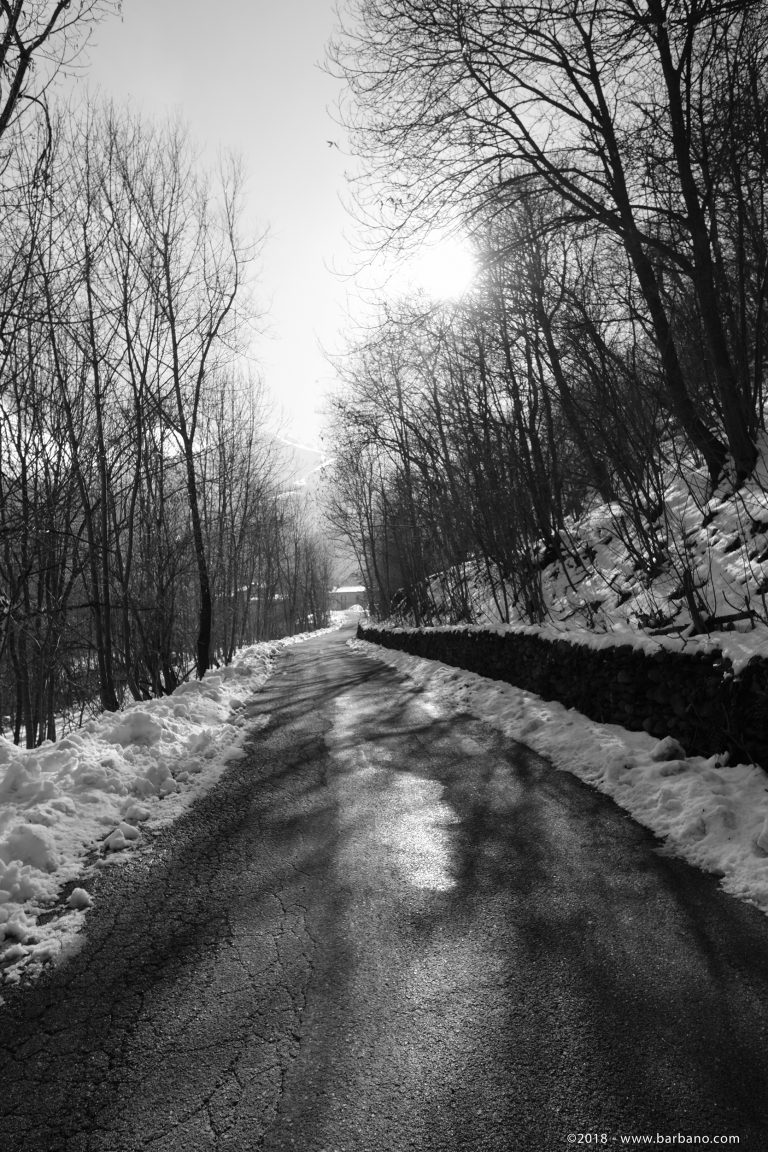
Still in the digital version we have problems with the highlights and the shadows are a little dark, basically a lot of contrast, but now the medium grey area are exposed correctly. This happens also with the RAW. So I suppose that the Dynamic Range settings changes the ISO sensibility of the sensor, lowering it when there are high contrasts in the scene to try to preserve the highlights.
But, no matter what is done, the highlights always get burned, it’s a problem of the sensor saturation. Film is much more tolerant, and I have to say I love this tolerance.
Now with less contrast in the scene… all is perfect again.
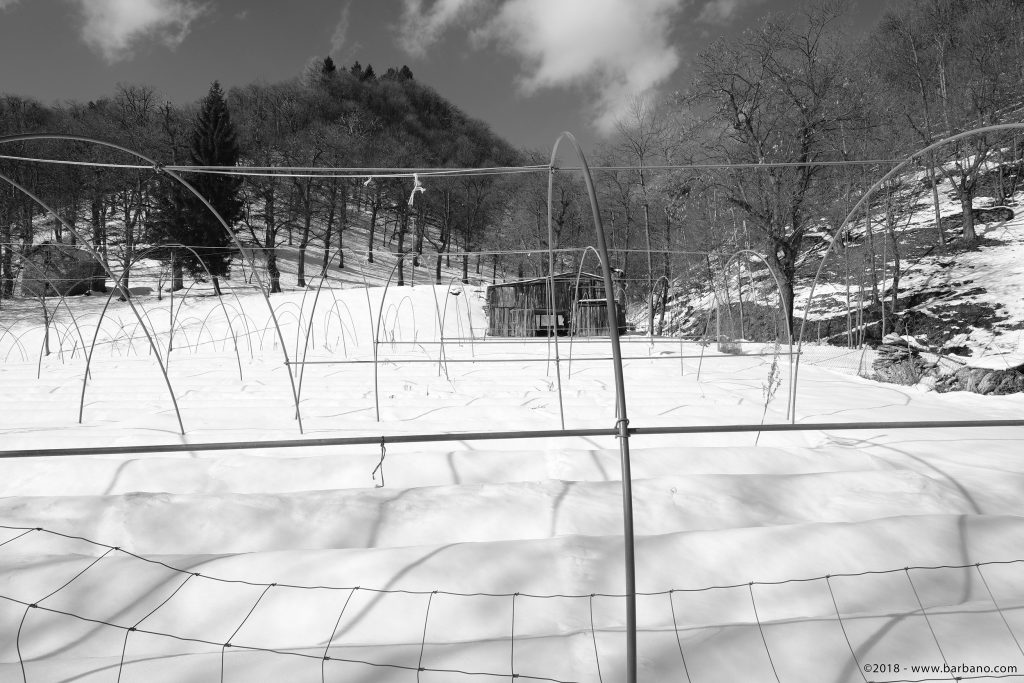
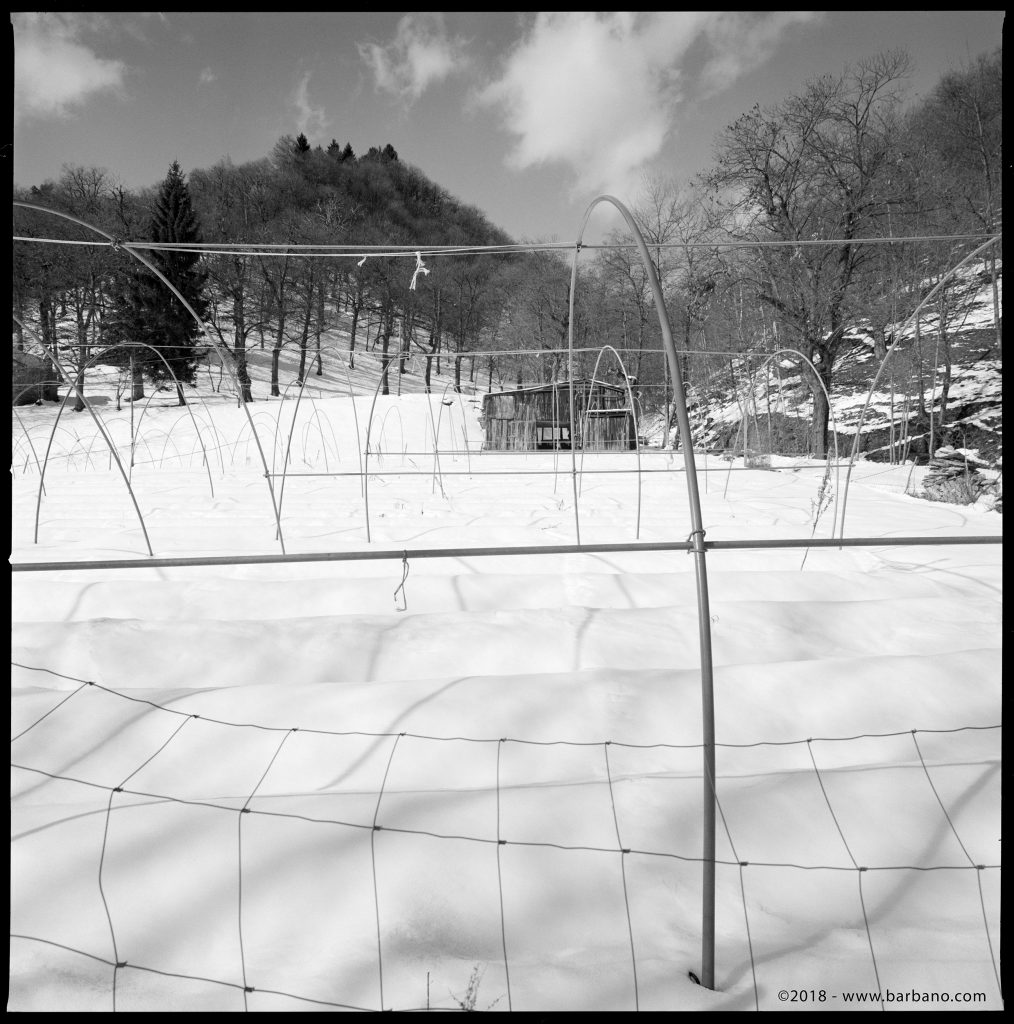
If you want to see more pictures let me know and I will do a second part of this article and show the other pictures.
But this is enough for my non scientific conclusion:
- Medium format Acros film on Hasselblad has basically the same resolution of the X-Pro2.
- The Fuji lenses are absolutely superb, at the level of Zeiss/Hasselblad!
- Digital sensors sucks in the highlights, even underexposing and recovering the shadows form the RAW file, still there is a sensor saturation that cuts and blows up the sun and similar highlights.
- The tones can be the same in digital and film, is a matter of settings.
- Fujifilm did an impressive job creating the ACROS film simulation.
- All the settings in the digital cameras are a pain in the neck (I wanted to be polite lol)
As personal consideration, I really love both results. Film for me is simple and I dream of a digital camera without settings except for the ISO/aperture/shutter speed. Nothing more, no display, menus, dynamic range etc. Just a RAW on a memory card and nothing more. But I dream… I know!
I also noticed that, even doing a comparison, when I take the film camera in my hands I already know what I want to photograph, the almost exact point of view and camera settings, with digital I tend to find the picture in the viewfinder and at the end I take always more than one picture. I do not like the digital attitude and I cannot keep the film attitude with a digital camera in my hands. This is my problem, nobody forces me to not use the digital as a film camera!
As soon as I had the Hasselblad in my hands I felt at home for two reasons.
First of all the cameras were so simple, well designed and all similar so was easy to get used to them. With digital I spent the same years than I spent shooting film, but each brand and model is different, with different controls, different menus and too many things to remember. After the first reading of the Hasselblad manual I never opened it again, with digital I need the manual in the bag because every time there is something I do not remember, and yes, supposedly, I can setup the camera and use it as an analogue camera… but then I do not know why but something changes, can be a button pushed in the bag or while I take the camera out, but I had the image proportion changed, the level disappeared, the usual exposure compensation or the diopters correction. At least the ISO are easy on the XPro-2! I know many people hate that ISO dial, I love it!
The second reason is that I love the square format, I’m ok with a rectangular like the 4×5″ or 6x7cm, it is not too much rectangular, but the square is my preferred format. The 3:2 proportion of the 135 full frame or the Aps-C, it is too rectangular for me. It does not reflect my vision.
So, as soon as I took the Hasselblad, I felt connected again, the camera was just a natural extension of my eyes.
I would love to try some medium format digital, to compare it with a 4×5 film and to see if a less rectangular sensor will make me feel again more connected with the camera.
After this comparisons and using again my old working tools I decided how I want the digital camera of my dreams:
- Square format
- No LCD
- Only RAW files produced
- Nothing more than ISO / Aperture / Shutter settings
- In the viewfinder simply exposure data, a grid, the level and the histogram
- Diopter correction and compensation dials, if present, with a lock on them!
- No other settings, I want a sensor that will always have the ISO I choose and always responds in the same way
- A battery lasting at least 3 years!!!
Again, I know I’m dreaming… but dreams are free so why not?!
After this test I’m sure I will continue to use both digital and film. Film photography gives me the pleasure of the mental process, digital the easy “development”.
My next step, as soon as I will have the time, will be to test deeply the Fuji X-Pro2 to understand the sensor limits and the effects of the settings also on the RAW format. I imagined that the RAW was not influenced by the various settings, it was my mistake.
All this said, I still love the X-Pro2… just, as I said in a previous article… please let me deactivate all the buttons and the &#@%^#* compensation dial via firmware!!! Please Fuji… listen to me… that compensation dial is a pain!!!
FUJI X PASSION MAGAZINE – VOLUME IV | BUY YOUR COPY!

“Born in Italy, is a professional photographer since 1994, artist and author. He wrote and published numerous photographic books, the most recent “Photography: The f Manual”. Certified member of the PPA and winner of international awards.”

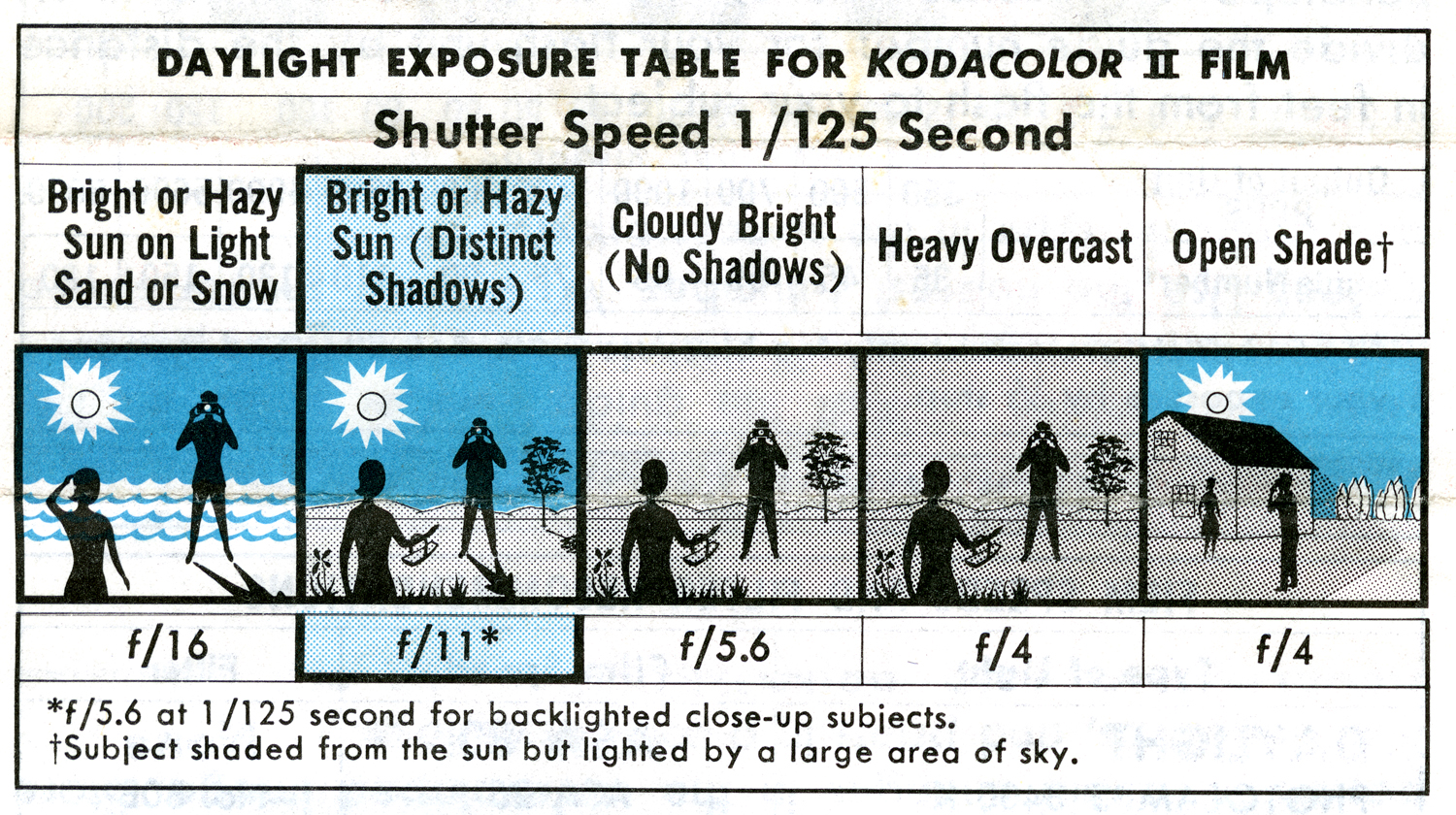
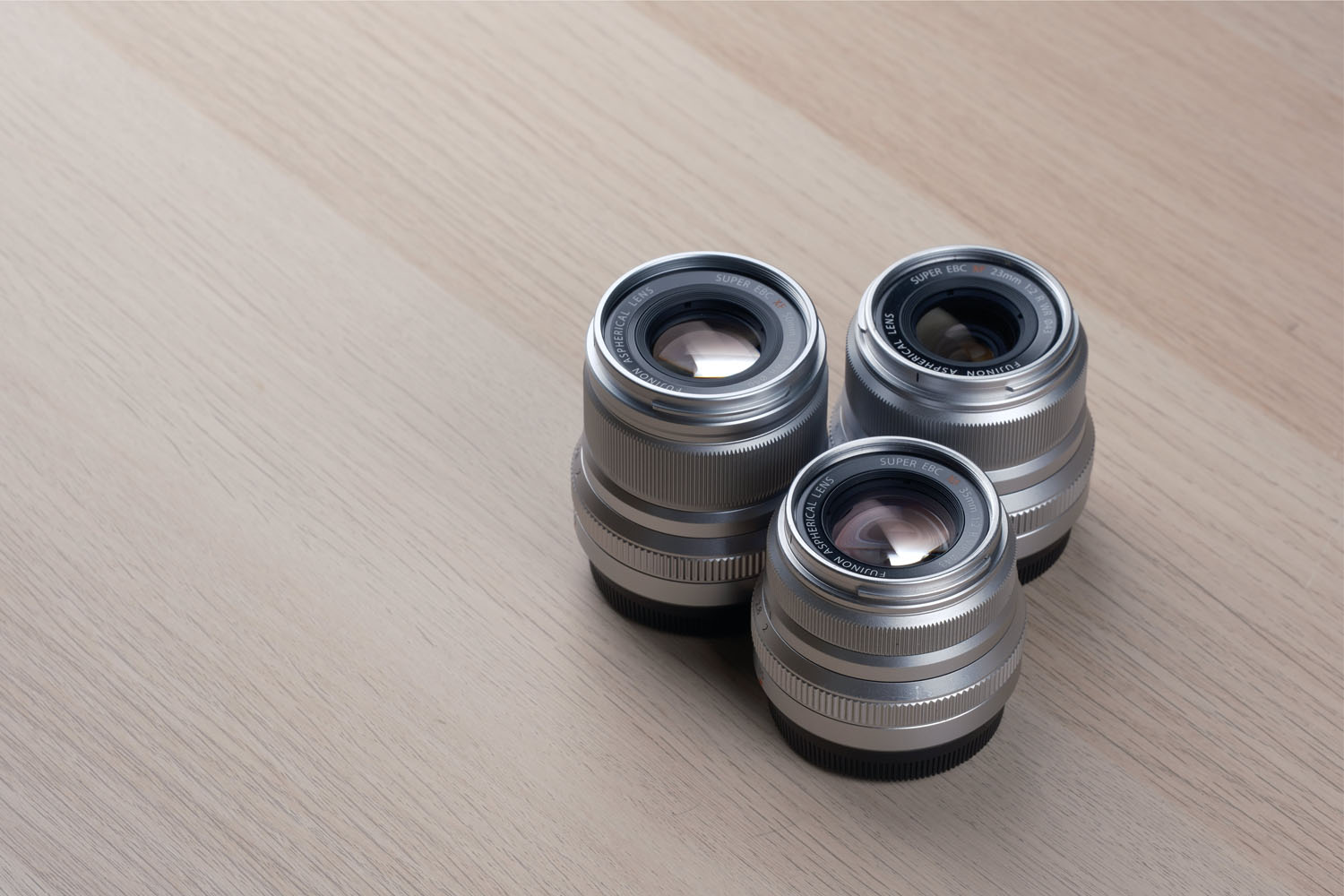
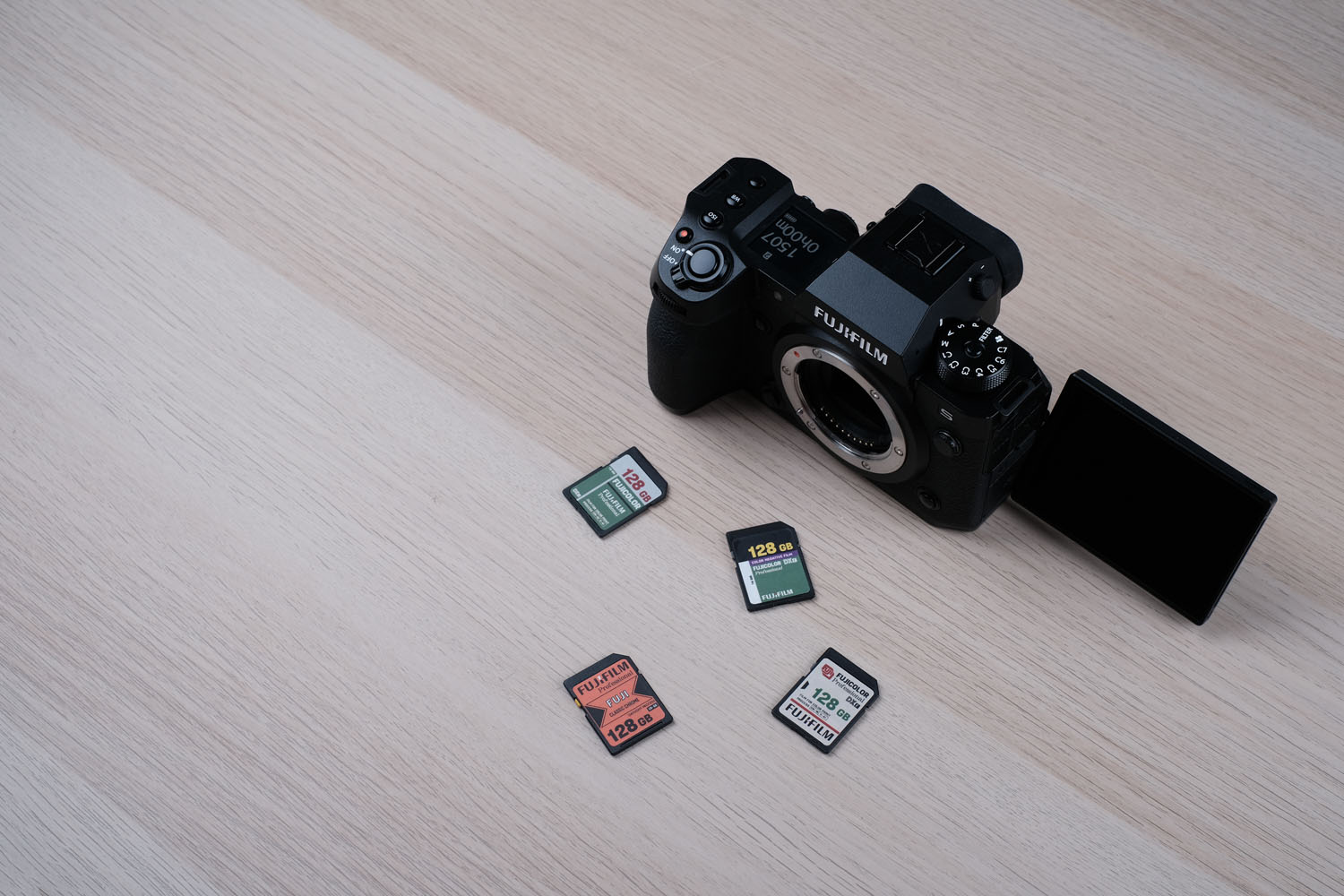
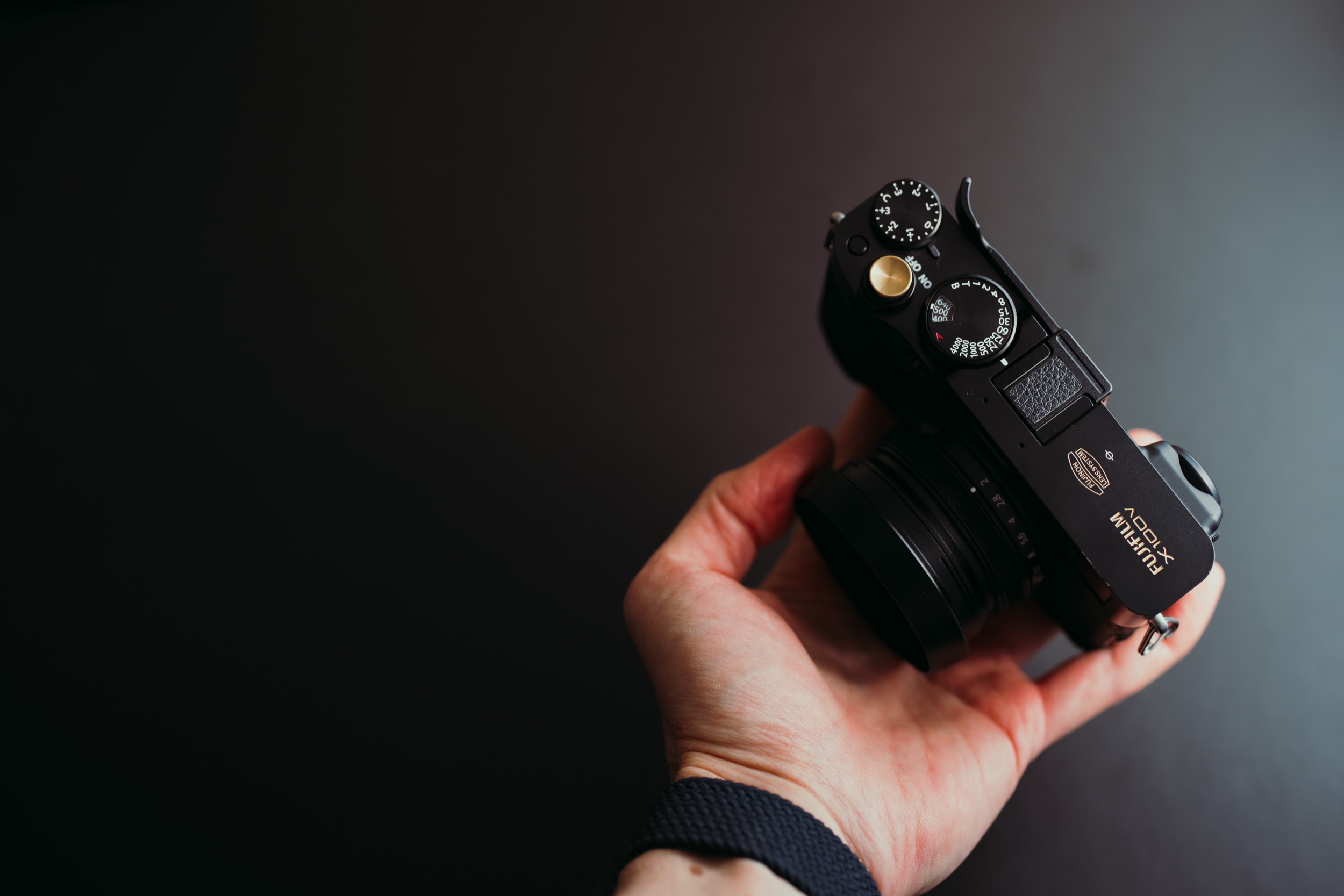
Hernan Zenteno
February 26, 2018 @ 7:24 pm
Many thanks, I enjoyed this test. I propose another if you have interest. How to mimic an appearance of 120 film with Fuji xs? Some years ago I use 35 1.4 with square frame set in the old X pro 1. Seeing your proofs of this test I guess maybe a bit long lens would be better, probably 56? The perspective is very different but I think if we have space around we can do a similar shot.
alvareo
February 27, 2018 @ 2:40 am
Interesting test, and I’m glad the Acros simulation is similar to the film that’s on its way out (along with most of Fuji) as the look is so unique, but I’ll cast my doubt on a 24 MP APS-C camera being just as or more detailed than a 200 lines/mm film on 120.
El Inglés
March 31, 2018 @ 10:24 am
Oh, Luigi! I wish you hadn’t published this comparison! I’m all set for a few days in the UK next week which I had intended to use to evaluate whether a Canon FF kit is worth the added weight over a Fuji APS-C kit, ahead of two important photographic trips this summer. Now I may have to dust off my Canon EOS 1V to add to the mix (I have never owned an MF system). I find the film image better than the digital image in each of every case, regardless of whether the digital image has more resolution or “sharper”. The tonal range is far more subtle and the “feel” of the photo so much more pleasing.
robert
July 27, 2023 @ 12:18 pm
Great comparison,
showing again how much better the film is over the digigat. All digital pictures look like done with a smartphone. The Film pictures look magic. Same situation in digital looks so technical, so “cold”. I´m always impressed to see how big the gap is.
4k film scanning
December 26, 2023 @ 6:19 am
Your comparison between Fuji Acros digital and film is a captivating exploration of photography mediums. The side-by-side image comparisons and insightful analysis provide a comprehensive understanding of the strengths of each medium. This blog is a valuable resource for photographers deciding between digital and film. Your passion for the subject shines through, making it an engaging read for photography enthusiasts.